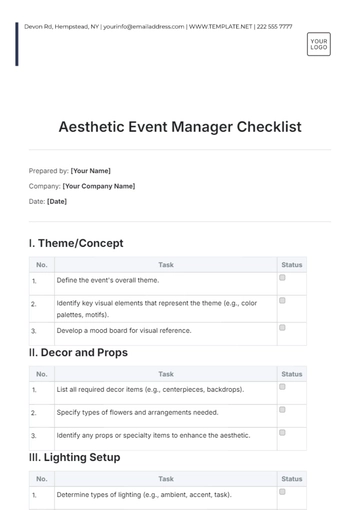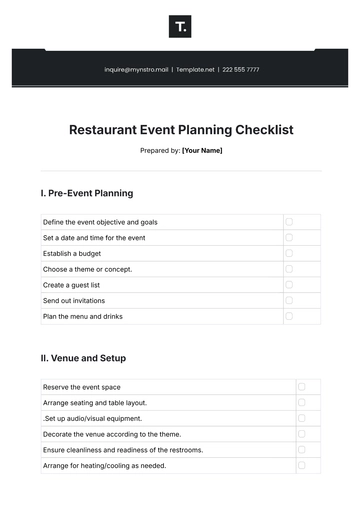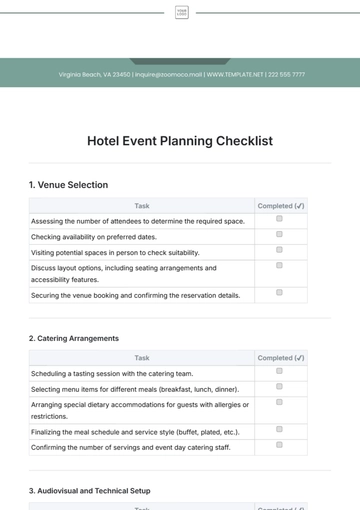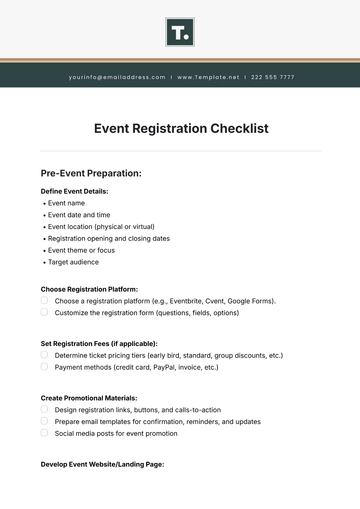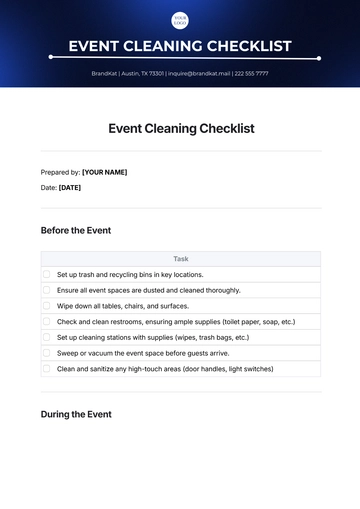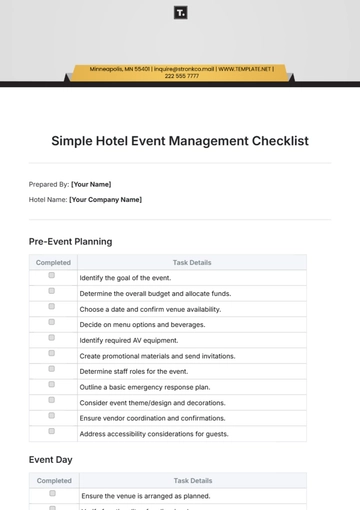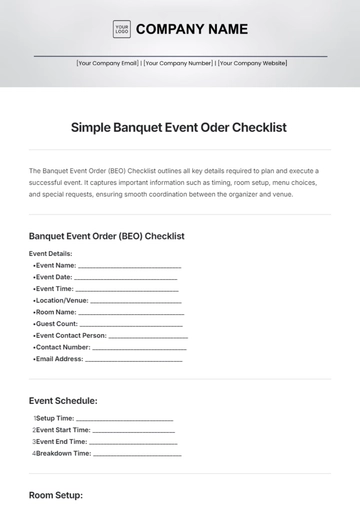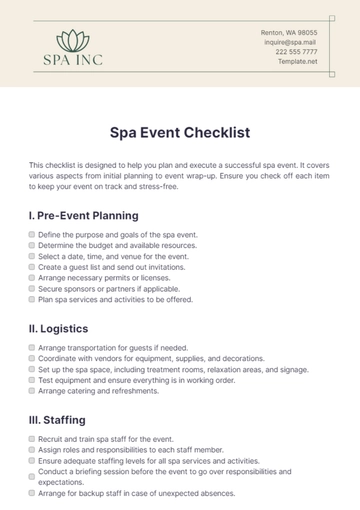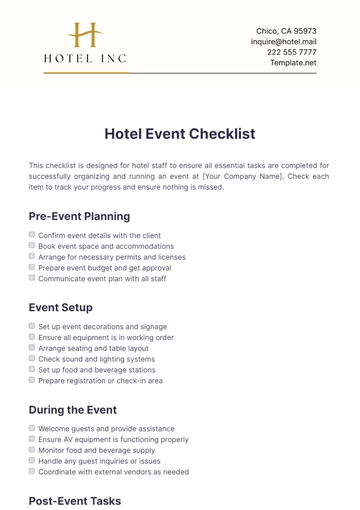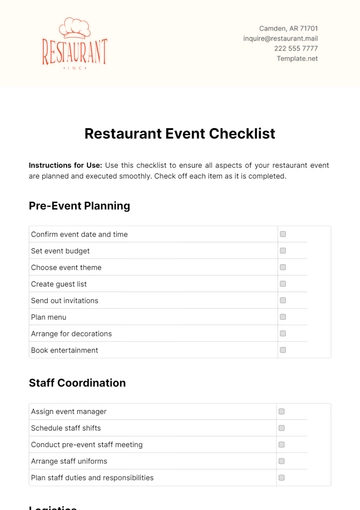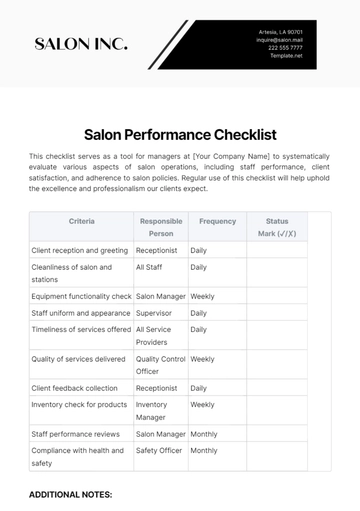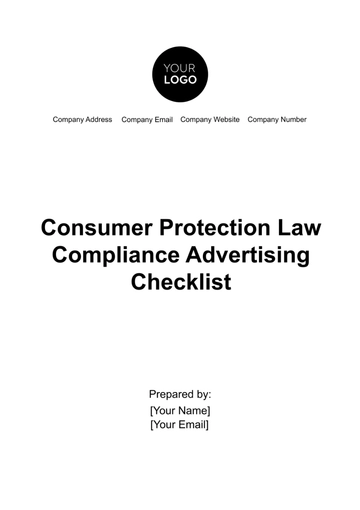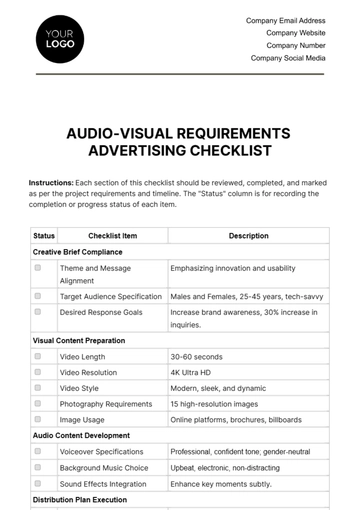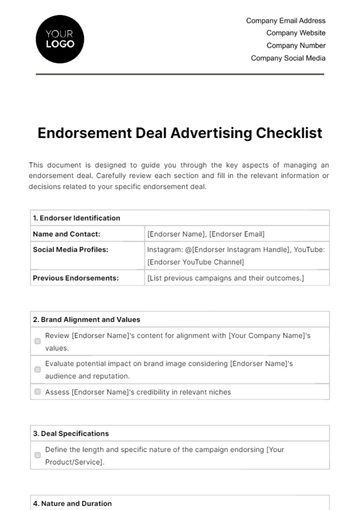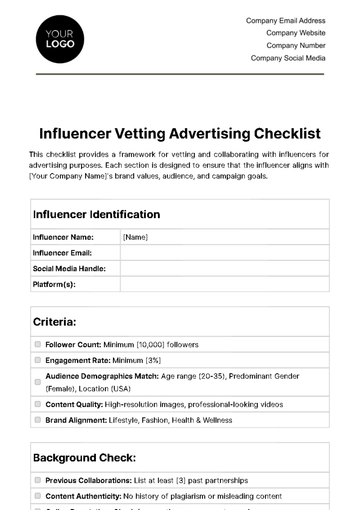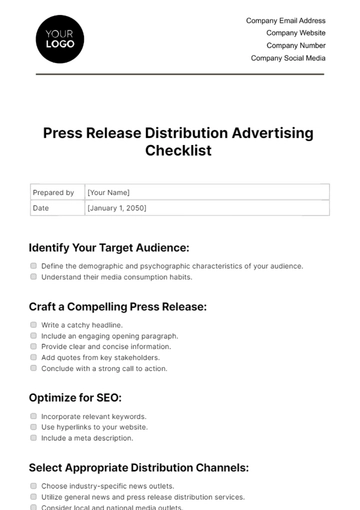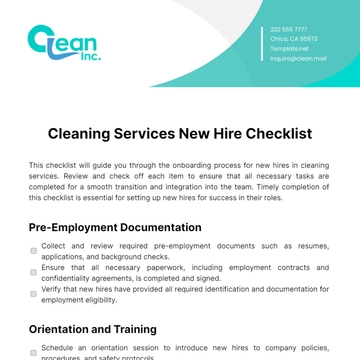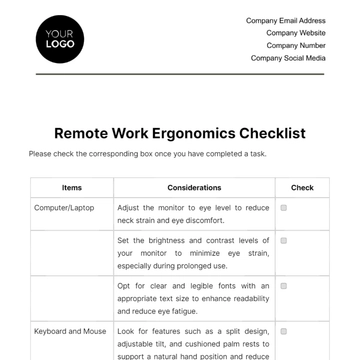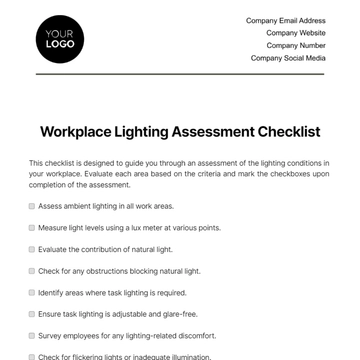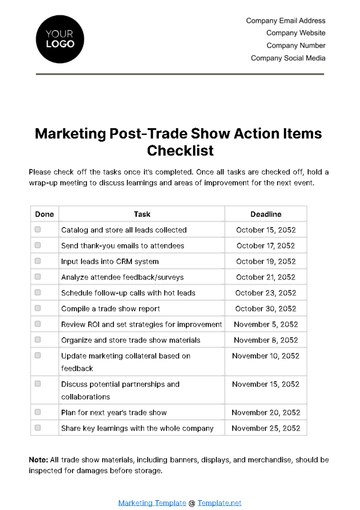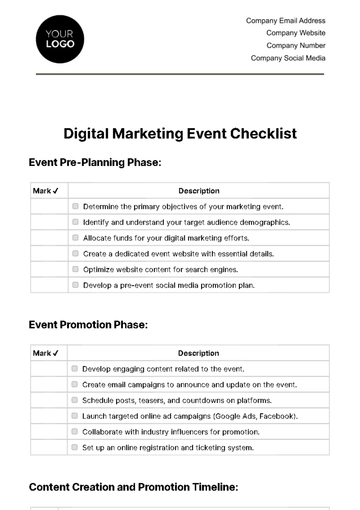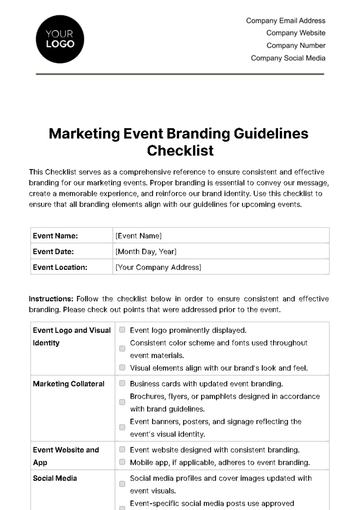Free Consumer Protection Law Compliance Advertising Checklist
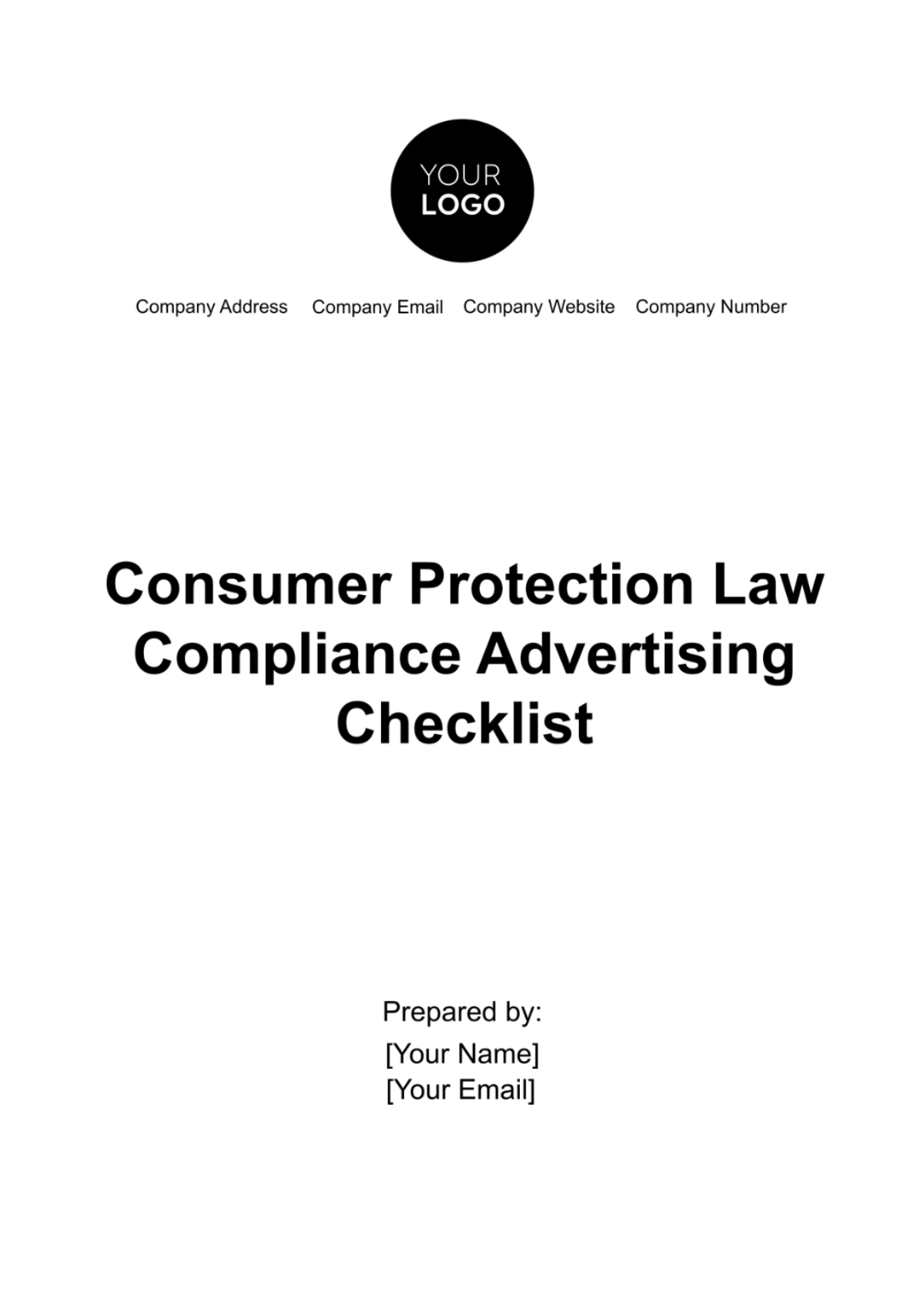
Introduction
[Your Company Name] is dedicated to maintaining the highest standards of ethics and compliance with consumer protection laws in all our advertising endeavors. We recognize that our customers and the public at large deserve accurate, transparent, and honest information in our advertisements. This commitment to compliance underscores our brand's integrity and trustworthiness.
A. Purpose
The primary purpose of this Consumer Protection Law Compliance Advertising Checklist is to provide a structured framework that guides [Your Company Name] and its affiliates in ensuring that our advertising materials adhere to federal and state consumer protection laws. By following this checklist, we aim to prevent deceptive advertising practices and protect both consumers and our company's reputation.
B. Responsibility
The responsibility for compliance with this checklist lies with all individuals involved in the planning, creation, review, and distribution of advertising materials. This includes marketing teams, creative agencies, legal departments, and senior management.
C. Importance of Compliance
Compliance with consumer protection laws is crucial for several reasons:
It avoids legal repercussions and potential fines.
It fosters trust and credibility with customers and the public.
It ensures a level playing field in the marketplace.
It aligns with our company's commitment to ethical business practices.
D. Legal Consequences
Non-compliance with consumer protection laws can result in various legal consequences, including:
Investigations by regulatory authorities like the Federal Trade Commission (FTC).
Fines and penalties.
Damaged reputation and loss of consumer trust.
Potential lawsuits from affected consumers or competitors.
Scope and Applicability
This Consumer Protection Law Compliance Advertising Checklist applies to all advertising activities conducted by [Your Company Name] across diverse mediums and platforms. It encompasses the following:
A. Advertising Mediums
This checklist applies to advertising conducted through the following mediums, but is not limited to:
Print media (e.g., newspapers, magazines, brochures)
Digital media (e.g., websites, social media, email marketing)
Broadcast media (e.g., television, radio)
Outdoor advertising (e.g., billboards, signage)
B. Advertising Platforms
This checklist applies to advertising on various platforms, including:
Company-owned platforms (e.g., official website, social media profiles)
Third-party platforms (e.g., online marketplaces, social media advertising)
Offline advertising spaces (e.g., physical stores, billboards)
C. Geographical Applicability
[Your Company Name] operates within the United States, and this checklist primarily addresses compliance with U.S. federal and state consumer protection laws. However, when advertising to international audiences or conducting business abroad, compliance with relevant international laws, such as GDPR or CCPA, is also mandatory.
D. Continuous Review and Updates
This checklist is not static; it evolves as consumer protection laws change or as new advertising platforms emerge. Regular review and updates are necessary to ensure ongoing compliance.
Regulatory Framework
We delve deeper into understanding the regulatory framework governing advertising compliance with consumer protection laws.
A. Familiarization with Consumer Protection Laws
[Your Company Name] recognizes the significance of understanding and adhering to key consumer protection laws that govern advertising. These laws include, but are not limited to:
Consumer Protection Laws | Brief Description |
The Federal Trade Commission (FTC) | Act This federal law prohibits unfair or deceptive advertising practices, ensuring that advertisements are truthful and not misleading. |
Truth in Advertising Act | Requires that advertisements do not contain false or misleading claims. |
Consumer Review Fairness Act | Requires that advertisements do not contain false or misleading claims. |
Lanham Act | Addresses false advertising and unfair competition among businesses. State-specific consumer protection laws Various states have their own consumer protection laws that may add additional requirements. |
B. Keeping Abreast of Legal Amendments
Consumer protection laws are subject to amendments and updates. To ensure compliance, it is imperative to:
Regularly monitor legislative changes at both federal and state levels.
Stay informed about regulatory guidelines and interpretations issued by authorities like the Federal Trade Commission (FTC).
Seek legal counsel when necessary to interpret and implement evolving laws.
Clear and Accurate Information
A. Checklist for Clear and Accurate Information
Checklist Item | Compliance Action |
Ensure all claims are substantiated | Verify that all statements made in advertisements are supported by credible evidence or data. |
Avoid exaggeration or hyperbole | Review advertisements for any exaggerated or hyperbolic language that may mislead consumers. |
Verify product/service descriptions | Ensure that descriptions of products or services are accurate, including features, specifications, and limitations. |
Avoid deceptive visuals | Scrutinize images, graphics, or videos to ensure they accurately represent the product or service. |
Provide clear pricing information | Display the full and accurate pricing of products or services, including any additional fees or charges. |
Disclose material terms and conditions | Clearly communicate terms and conditions related to offers, warranties, returns, and guarantees. |
Avoid false scarcity or urgency tactics | Do not use false claims of limited availability or artificial urgency to pressure consumers into making decisions. |
Accurate comparison with competitors (if applicable) | If comparing products or services with competitors, ensure accuracy and fairness in comparisons. |
Review testimonials and endorsements | Verify the authenticity of testimonials and endorsements, and ensure they represent actual consumer experiences. |
Maintain an accessible record of advertising content | Keep records of all advertising materials, including drafts and final versions, for compliance verification. |
Transparency
Transparency in advertising is vital to building trust with consumers and demonstrating a commitment to ethical business practices. This section focuses on ensuring transparency in advertising efforts.
A. Disclosure of Material Connections
In today's advertising landscape, it's essential to be transparent about any material connections or affiliations with endorsers, influencers, or third parties involved in promoting your products or services. Transparency builds trust and helps prevent deceptive advertising practices.
Compliance Action:
Clearly and conspicuously disclose any material connections between your company and endorsers, influencers, or third parties. This includes financial relationships, partnerships, or any incentives provided to them.
Example: If your company collaborates with an influencer to promote a product, ensure that the influencer clearly discloses this collaboration in their posts.
B. Communication of Terms and Conditions
Transparent communication of terms and conditions is essential to avoid misunderstandings and ensure consumers have accurate information when making purchase decisions.
Compliance Action:
Clearly communicate all terms and conditions related to offers, promotions, warranties, returns, and guarantees associated with your products or services.
Example: If your company offers a money-back guarantee, ensure that the terms, including the timeframe for returns and any conditions, are prominently displayed in your advertising materials.
Privacy and Data Protection
Protecting consumer privacy and complying with data protection laws are critical aspects of advertising compliance, especially in the digital age.
A. Adherence to Data Protection Laws
To protect consumer data and privacy, it is crucial to adhere to relevant data protection laws, such as the General Data Protection Regulation (GDPR) and the California Consumer Privacy Act (CCPA).
Compliance Action:
Ensure that all data collection and processing activities in your advertising campaigns comply with applicable data protection laws.
Clearly communicate how consumer data will be collected, used, and protected in your advertising materials and privacy policies.
Example: If your company collects email addresses for marketing purposes, provide a clear opt-in mechanism and inform consumers about how their data will be used.
B. Transparency in Data Practices
Consumers have the right to know how their data will be handled. Transparency in data practices is essential to building trust.
Compliance Action:
Clearly explain data collection and usage practices in your advertising materials. Use simple language and avoid jargon.
Provide consumers with options to control their data, such as opting out of data collection or unsubscribing from marketing communications.
Example: If your company uses cookies on your website, inform visitors about this practice and provide a link to your privacy policy.
Substantiation
Substantiation ensures that the claims made in advertising materials are based on credible evidence. This section focuses on the need for evidence to support advertising claims and the importance of maintaining records.
A. Substantiation of Claims
To maintain compliance with consumer protection laws, it is essential that all claims made in advertising materials are substantiated with credible evidence.
Compliance Action:
Before making any claims in your advertising materials, ensure that there is reliable evidence to support those claims.
Ensure that the evidence used is current, accurate, and relevant to the claims being made.
Example: If your company claims that a product can deliver certain health benefits, ensure that you have scientific studies or data to back up those claims.
B. Recordkeeping
Maintaining records of substantiation materials is a critical aspect of compliance. It helps demonstrate that your advertising claims are supported by evidence.
Compliance Action:
Keep detailed records of all substantiation materials, including studies, test results, expert opinions, and any other evidence used to support advertising claims.
Retain these records for a minimum of 5 years, as required by consumer protection laws.
Example: If your company advertises the safety of a product, maintain records of safety tests and expert opinions to validate this claim.
Testimonials and Reviews
Testimonials and reviews can be powerful tools in advertising, but they must be handled transparently and ethically to maintain compliance with consumer protection laws.
A. Obtaining Consent for Testimonials and Reviews
When using testimonials or reviews in advertising materials, it's essential to obtain written consent from the individuals providing them.
Compliance Action:
Before using a customer's testimonial or review, obtain written consent that clearly states their willingness to be featured in your advertising.
Clearly communicate to customers how their testimonials or reviews will be used.
Example: If a customer provides a positive review of your product, seek their written consent before featuring their review in advertising materials.
B. Disclosure of Incentives or Compensation
If testimonials or reviews have been incentivized or compensated in any way, it is crucial to provide clear disclosure to maintain transparency.
Compliance Action:
Clearly disclose if individuals providing testimonials or reviews have received compensation, free products, or any other incentives in exchange for their feedback.
Ensure that disclosures are prominently displayed near the testimonial or review.
Example: If you provide free products to customers in exchange for their reviews, clearly state in the advertisement that they received the product for free.
Complaint Handling
Effective complaint handling is essential to address any concerns or issues that may arise due to advertising materials. This section outlines the process for handling consumer complaints related to advertising.
A. Establish a Complaint Handling Process
It is crucial to have a structured process in place for handling consumer complaints related to advertising. A well-defined process helps ensure that complaints are addressed promptly and fairly.
Compliance Action:
Establish a clear and documented complaint handling process within your organization.
Ensure that the process includes designated points of contact for receiving and addressing complaints.
Example: Create a dedicated email address or hotline for consumers to submit advertising-related complaints
B. Timely Response to Complaints
Prompt responses to consumer complaints are essential to demonstrate your commitment to addressing concerns and maintaining transparency.
Compliance Action:
Set a timeframe for acknowledging and responding to complaints, and adhere to these timelines.
Treat each complaint with seriousness and investigate as necessary.
Example: Acknowledge receipt of a complaint within 5 business days and provide an initial response within 10 business days.
Monitoring and Reporting
Monitoring and reporting are integral to ongoing compliance efforts. This section emphasizes the importance of regularly assessing advertising materials for compliance and reporting any issues or concerns.
A. Regular Monitoring
To ensure ongoing compliance with consumer protection laws, it is essential to regularly monitor advertising materials across all platforms and mediums.
Compliance Action:
Implement a monitoring system that routinely checks advertising materials for compliance with consumer protection laws.
Ensure that designated personnel are responsible for this monitoring process.
Example: Conduct weekly or monthly reviews of advertising materials to identify and rectify any compliance issues.
B. Reporting Compliance Issues
If compliance issues or concerns are identified during monitoring, it is crucial to report them promptly and take corrective action.
Compliance Action:
Establish a reporting mechanism for employees to report compliance issues or concerns.
Ensure that there is a clear process for addressing and rectifying identified compliance problems.
Example: Create a dedicated email address or internal reporting system for employees to report compliance issues.
- 100% Customizable, free editor
- Access 1 Million+ Templates, photo’s & graphics
- Download or share as a template
- Click and replace photos, graphics, text, backgrounds
- Resize, crop, AI write & more
- Access advanced editor
Introducing Template.net's Consumer Protection Law Compliance Advertising Checklist Template. Easily editable and fully customizable with our Ai Editor Tool, this template ensures adherence to consumer protection laws. Safeguard your advertising practices by efficiently assessing compliance with regulations using Template.net's innovative solutions.
You may also like
- Cleaning Checklist
- Daily Checklist
- Travel Checklist
- Self Care Checklist
- Risk Assessment Checklist
- Onboarding Checklist
- Quality Checklist
- Compliance Checklist
- Audit Checklist
- Registry Checklist
- HR Checklist
- Restaurant Checklist
- Checklist Layout
- Creative Checklist
- Sales Checklist
- Construction Checklist
- Task Checklist
- Professional Checklist
- Hotel Checklist
- Employee Checklist
- Moving Checklist
- Marketing Checklist
- Accounting Checklist
- Camping Checklist
- Packing Checklist
- Real Estate Checklist
- Cleaning Checklist Service
- New Employee Checklist
- Food Checklist
- Home Inspection Checklist
- Advertising Checklist
- Event Checklist
- SEO Checklist
- Assessment Checklist
- Inspection Checklist
- Baby Registry Checklist
- Induction Checklist
- Employee Training Checklist
- Medical Checklist
- Safety Checklist
- Site Checklist
- Job Checklist
- Service Checklist
- Nanny Checklist
- Building Checklist
- Work Checklist
- Office Checklist
- Training Checklist
- Website Checklist
- IT and Software Checklist
- Performance Checklist
- Project Checklist
- Startup Checklist
- Education Checklist
- Home Checklist
- School Checklist
- Maintenance Checklist
- Planning Checklist
- Manager Checklist
- Wedding Checklist
- Vehicle Checklist
- Travel Agency Checklist
- Vehicle Inspection Checklist
- Interior Design Checklist
- Backpacking Checklist
- Business Checklist
- Legal Checklist
- Nursing Home Checklist
- Weekly Checklist
- Recruitment Checklist
- Salon Checklist
- Baby Checklist
- Equipment Checklist
- Trade Show Checklist
- Party Checklist
- Hospital Bag Checklist
- Evaluation Checklist
- Agency Checklist
- First Apartment Checklist
- Hiring Checklist
- Opening Checklist
- Small Business Checklist
- Rental Checklist
- College Dorm Checklist
- New Puppy Checklist
- University Checklist
- Building Maintenance Checklist
- Work From Home Checklist
- Student Checklist
- Application Checklist


